Explore a wide variety of factory images on this page. View different types of factories and their operations.
#building8719 #blue16139 #gold8007 #futuristic15383 #women16839 #vintage7804 #girl52631 #city20808 More...

Victorian Steampunk Girls in a Gear Factory
Model: DaVinci2
Size: 720 X 1280 (0.92 MP)
Used settings:
Would you like to report this Dream as inappropriate?

Victorian Steampunk Girls in a Gears Factory
Model: DaVinci2
Size: 1280 X 720 (0.92 MP)
Used settings:
Would you like to report this Dream as inappropriate?
the abandoned factory back in time
Model: MiniMax
Size: 1152 X 768 (0.88 MP)
Used settings:
Would you like to report this Dream as inappropriate?
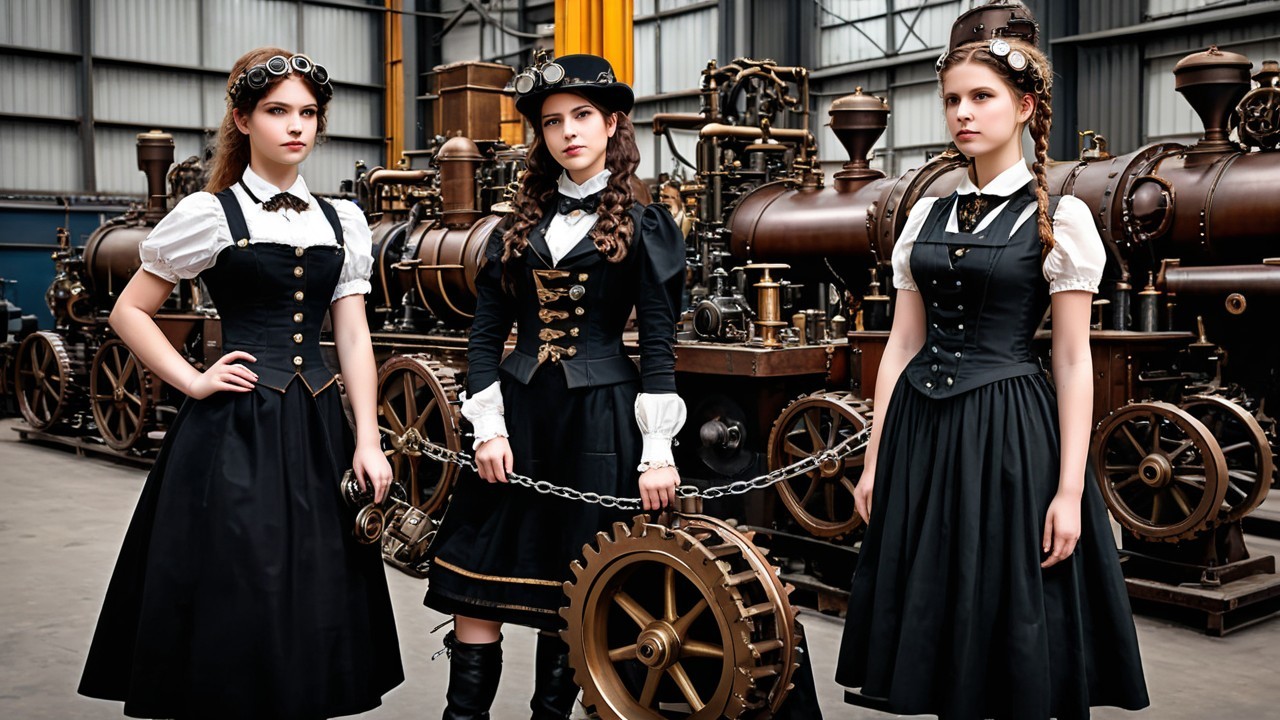
Steampunk Adventures: Girls in a Gear Factory
Model: DaVinci2
Size: 1280 X 720 (0.92 MP)
Used settings:
Would you like to report this Dream as inappropriate?

Cotton mills, Liverpool.
Model: DaVinci2
Size: 2981 X 1677 (5.00 MP)
Used settings:
Would you like to report this Dream as inappropriate?

Winter Wonderland at the Brick Factory
Model: AIVision
Size: 1024 X 1024 (1.05 MP)
Used settings:
Would you like to report this Dream as inappropriate?

Men at Work in Early 20th Century Factory
Model: DaVinci2
Size: 944 X 1264 (1.19 MP)
Used settings:
Would you like to report this Dream as inappropriate?
 4w
4w

Adventures of the Anime Factory Heroine
Model: DaVinci2
Size: 1280 X 720 (0.92 MP)
Used settings:
Would you like to report this Dream as inappropriate?

Charming Anime Girl in Stylish Swimsuit
Model: DaVinci2
Size: 1280 X 720 (0.92 MP)
Used settings:
Would you like to report this Dream as inappropriate?

Underwater Factory: A Dreamy Nightgown Scene
Model: DaVinci2
Size: 1280 X 720 (0.92 MP)
Used settings:
Would you like to report this Dream as inappropriate?

Whimsical Mermaid in a Charming Factory
Model: DaVinci2
Size: 1280 X 720 (0.92 MP)
Used settings:
Would you like to report this Dream as inappropriate?

Magical Catgirl in a Cute Anime Factory
Model: DaVinci2
Size: 1280 X 720 (0.92 MP)
Used settings:
Would you like to report this Dream as inappropriate?
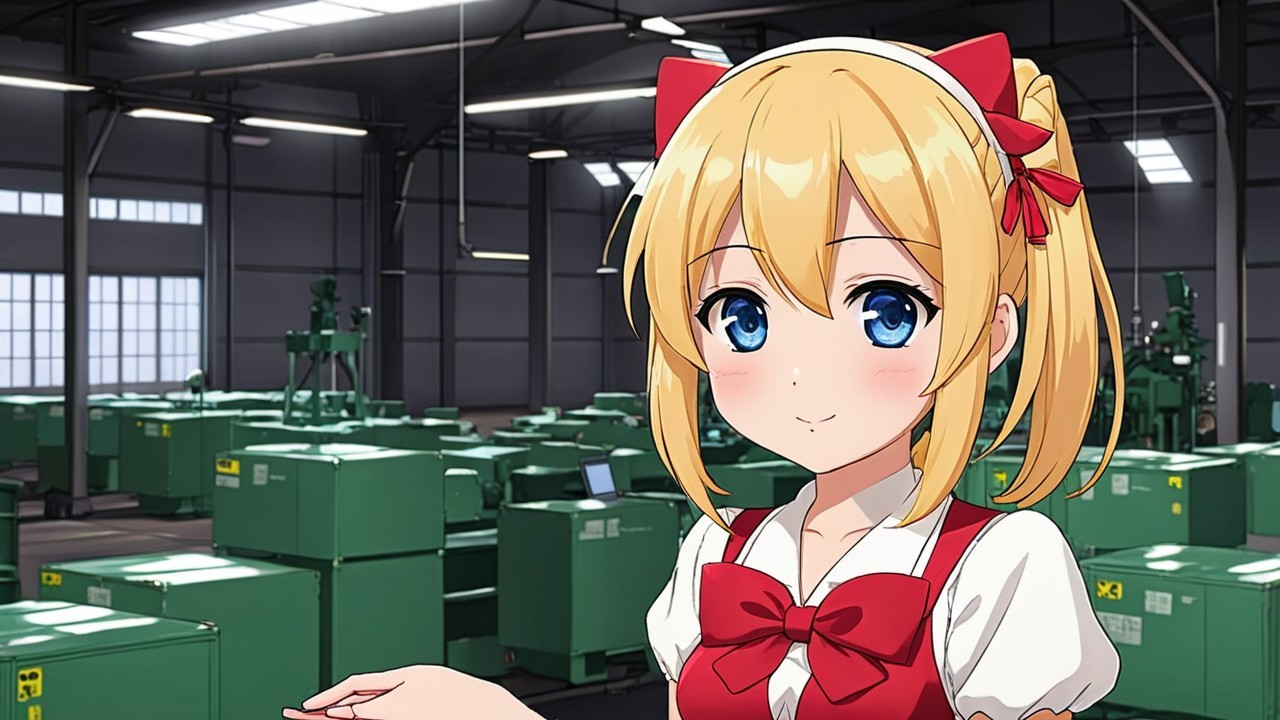
Charming Anime Goddess of the Factory
Model: DaVinci2
Size: 1280 X 720 (0.92 MP)
Used settings:
Would you like to report this Dream as inappropriate?

A Gnome Goes to Work in the Fifties
Model: AIVision
Size: 1024 X 1024 (1.05 MP)
Used settings:
Would you like to report this Dream as inappropriate?

War Industry
Model: AIVision
Size: 1536 X 1536 (2.36 MP)
Used settings:
Would you like to report this Dream as inappropriate?
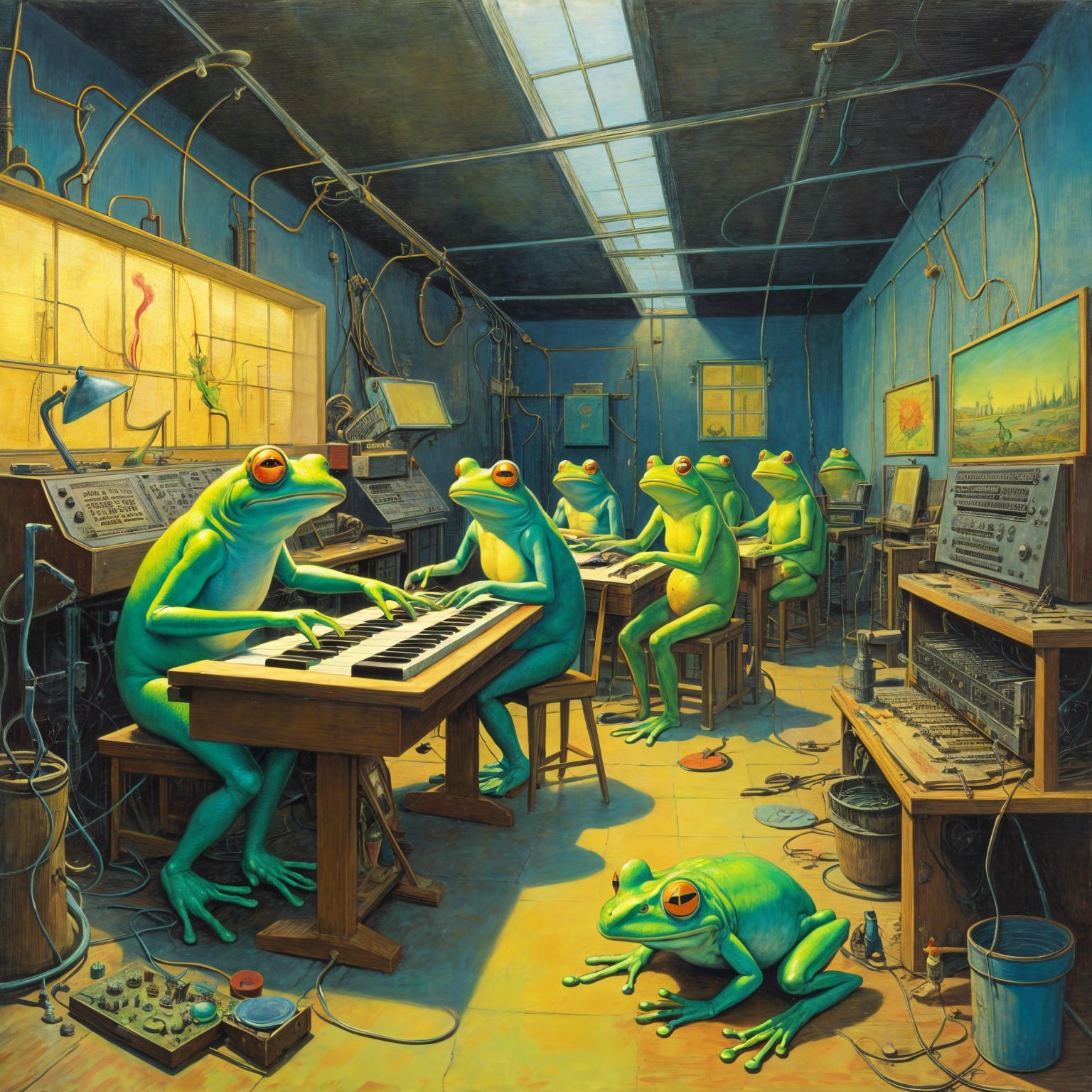
Frogs Crafting Music in a Colorful Factory
Model: Animatron
Size: 1536 X 1536 (2.36 MP)
Used settings:
Would you like to report this Dream as inappropriate?
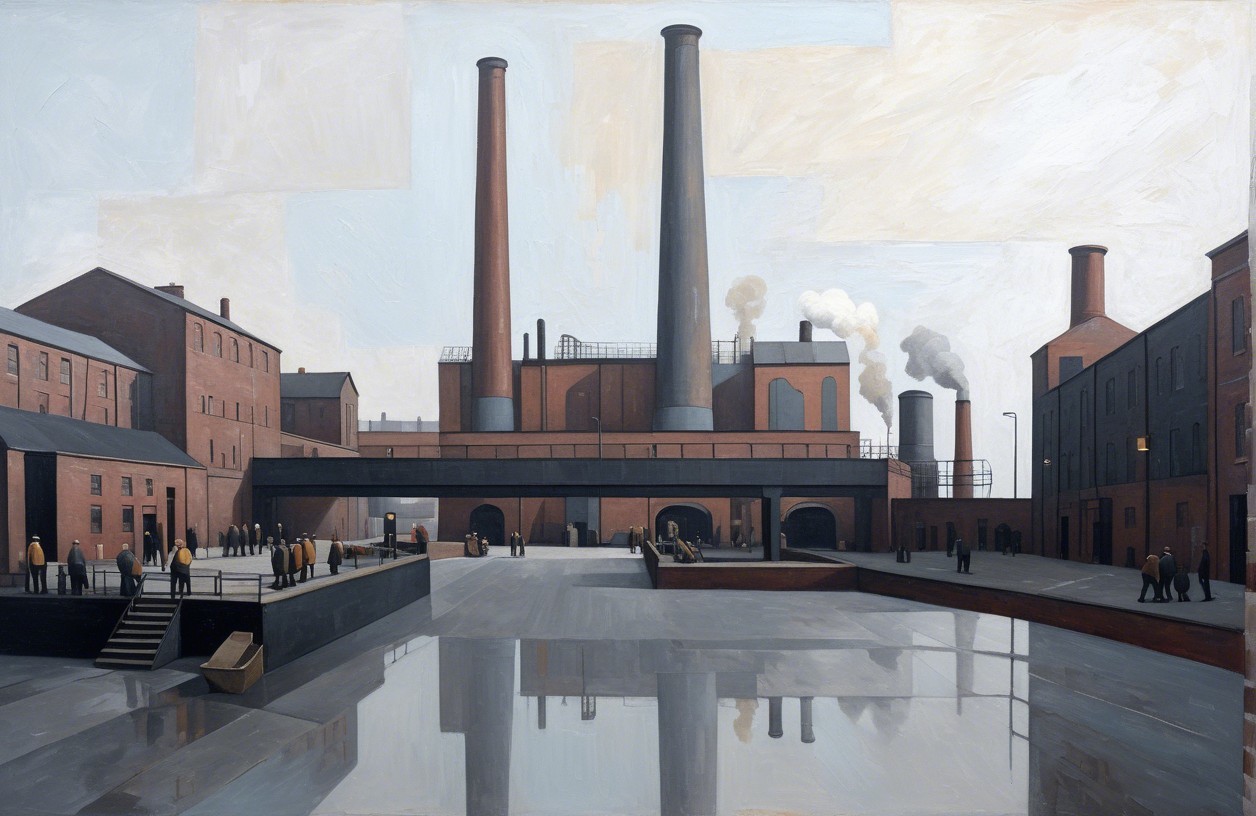
Industrial Times
Model: DaVinci2
Size: 1256 X 816 (1.02 MP)
Used settings:
Would you like to report this Dream as inappropriate?
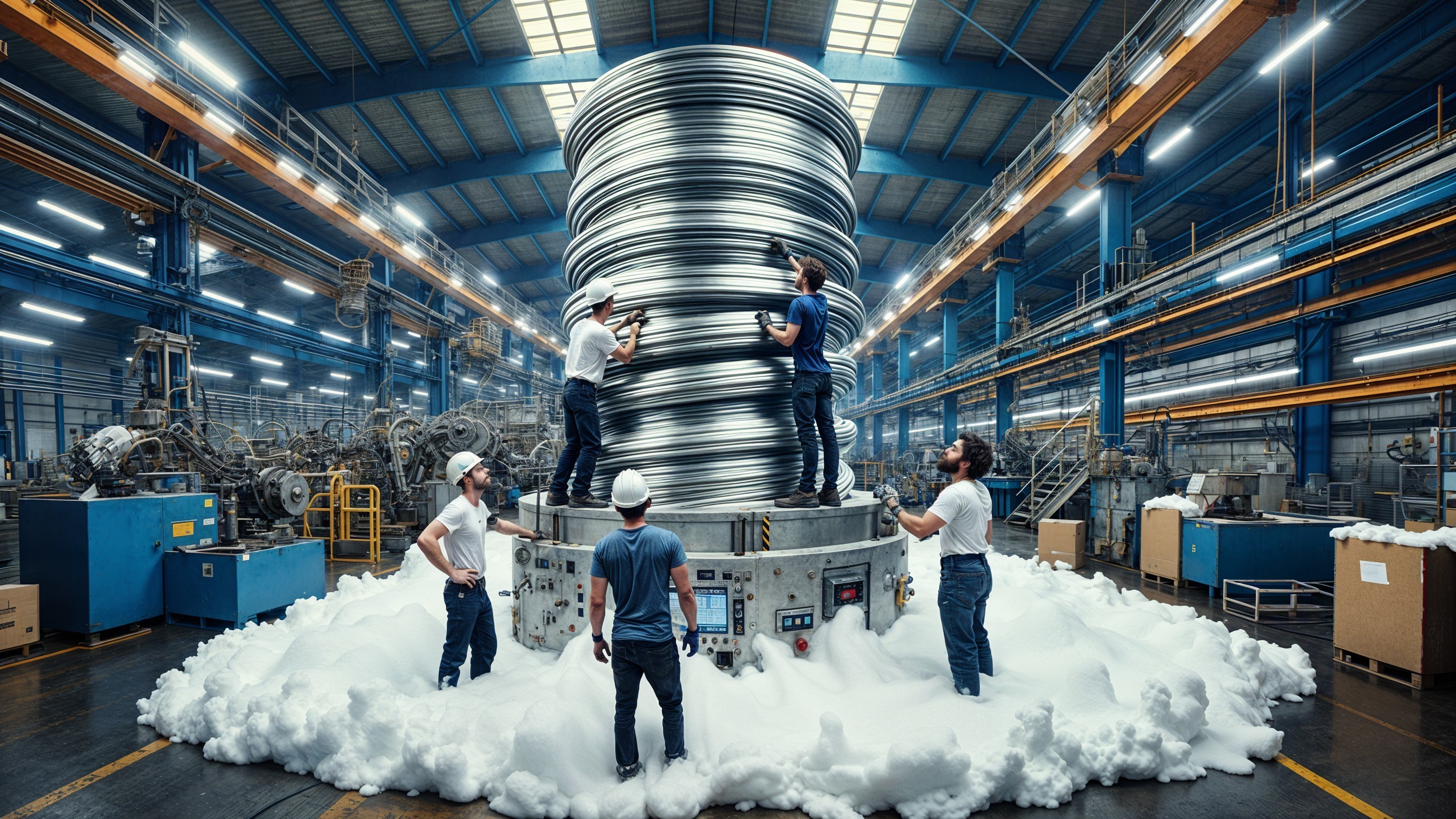
Workers Maneuver Metal Coil in Busy Factory
Model: AIVision
Size: 2688 X 1512 (4.06 MP)
Used settings:
Would you like to report this Dream as inappropriate?
The temple of the galaxy factory
Model: MiniMax
Size: 1364 X 768 (1.05 MP)
Used settings:
Would you like to report this Dream as inappropriate?
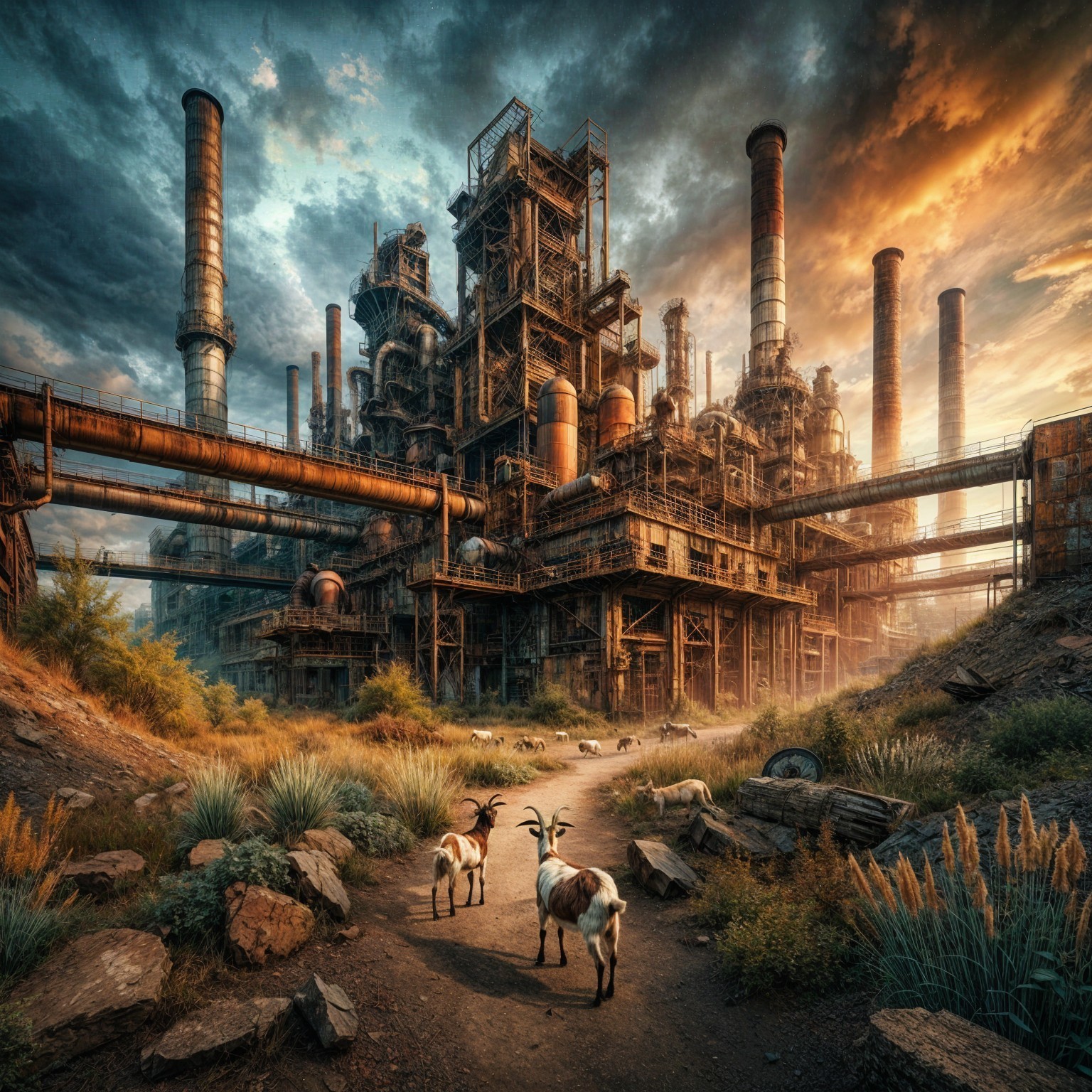
On The Wrong Path?
Model: AIVision
Size: 1536 X 1536 (2.36 MP)
Used settings:
Would you like to report this Dream as inappropriate?
The System's Bricks Will Crush You
Model: MiniMax
Size: 1152 X 768 (0.88 MP)
Used settings:
Would you like to report this Dream as inappropriate?

Sunset Over Industry
Model: DaVinci2
Size: 1240 X 824 (1.02 MP)
Used settings:
Would you like to report this Dream as inappropriate?
Communication 2
Model: SeeDance
Size: 1120 X 832 (0.93 MP)
Used settings:
Would you like to report this Dream as inappropriate?
Communication 1
Model: MiniMax
Size: 1152 X 768 (0.88 MP)
Used settings:
Would you like to report this Dream as inappropriate?

Heart of the Machine
Model: FluX
Size: 2880 X 1616 (4.65 MP)
Used settings:
Would you like to report this Dream as inappropriate?

****
Model: Realismo
Size: 1500 X 1200 (1.80 MP)
Used settings:
Would you like to report this Dream as inappropriate?

A Historic Factory Scene
Model: DaVinci2
Size: 1920 X 1080 (2.07 MP)
Used settings:
Would you like to report this Dream as inappropriate?

Dramatic Landscape with Factory and Tracks
Model: DaVinci2
Size: 1152 X 864 (1.00 MP)
Used settings:
Would you like to report this Dream as inappropriate?

Giant Motorcycle Assembly in Modern Factory
Model: Realismo
Size: 1920 X 1080 (2.07 MP)
Used settings:
Would you like to report this Dream as inappropriate?

Sunset Over an Industrial Cityscape
Model: DaVinci2
Size: 1152 X 864 (1.00 MP)
Used settings:
Would you like to report this Dream as inappropriate?

Joyful Mouse Drives Colorful Truck in Factory
Model: AIVision
Size: 1792 X 1008 (1.81 MP)
Used settings:
Would you like to report this Dream as inappropriate?

♻️ Heart Manufacturer @Phil 3.14 ♻️
Model: FluX
Size: 1225 X 1633 (2.00 MP)
Used settings:
Would you like to report this Dream as inappropriate?
Dream Level: is increased each time when you "Go Deeper" into the dream. Each new level is harder to achieve and takes more iterations than the one before.
Rare Deep Dream: is any dream which went deeper than level 6.
You cannot go deeper into someone else's dream. You must create your own.
Currently going deeper is available only for Deep Dreams.